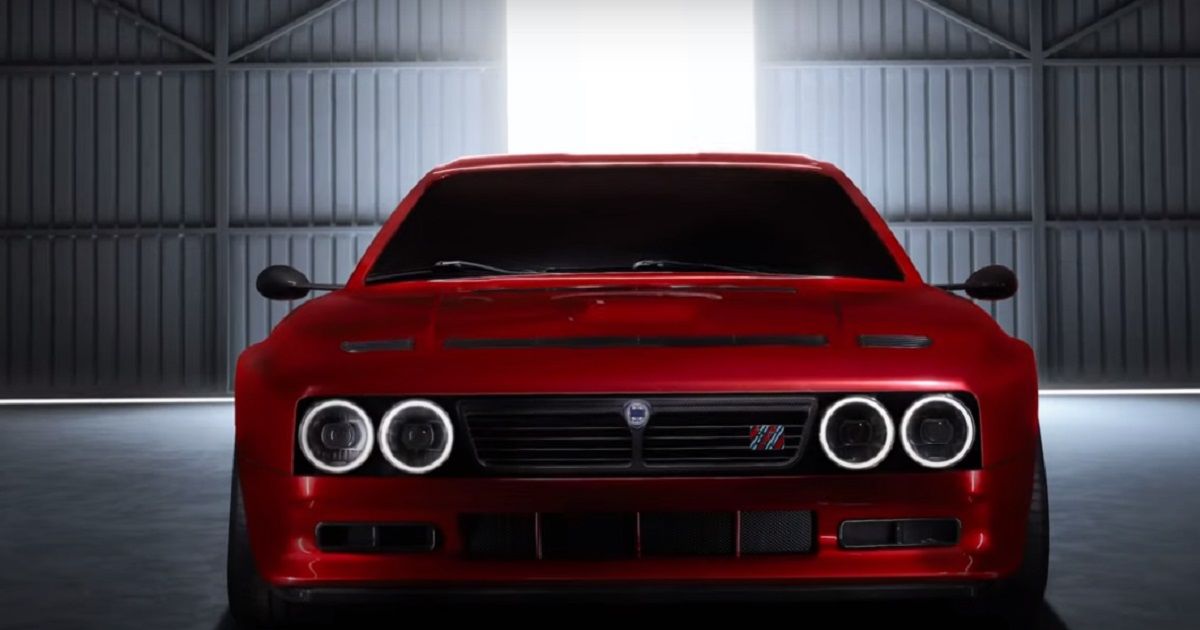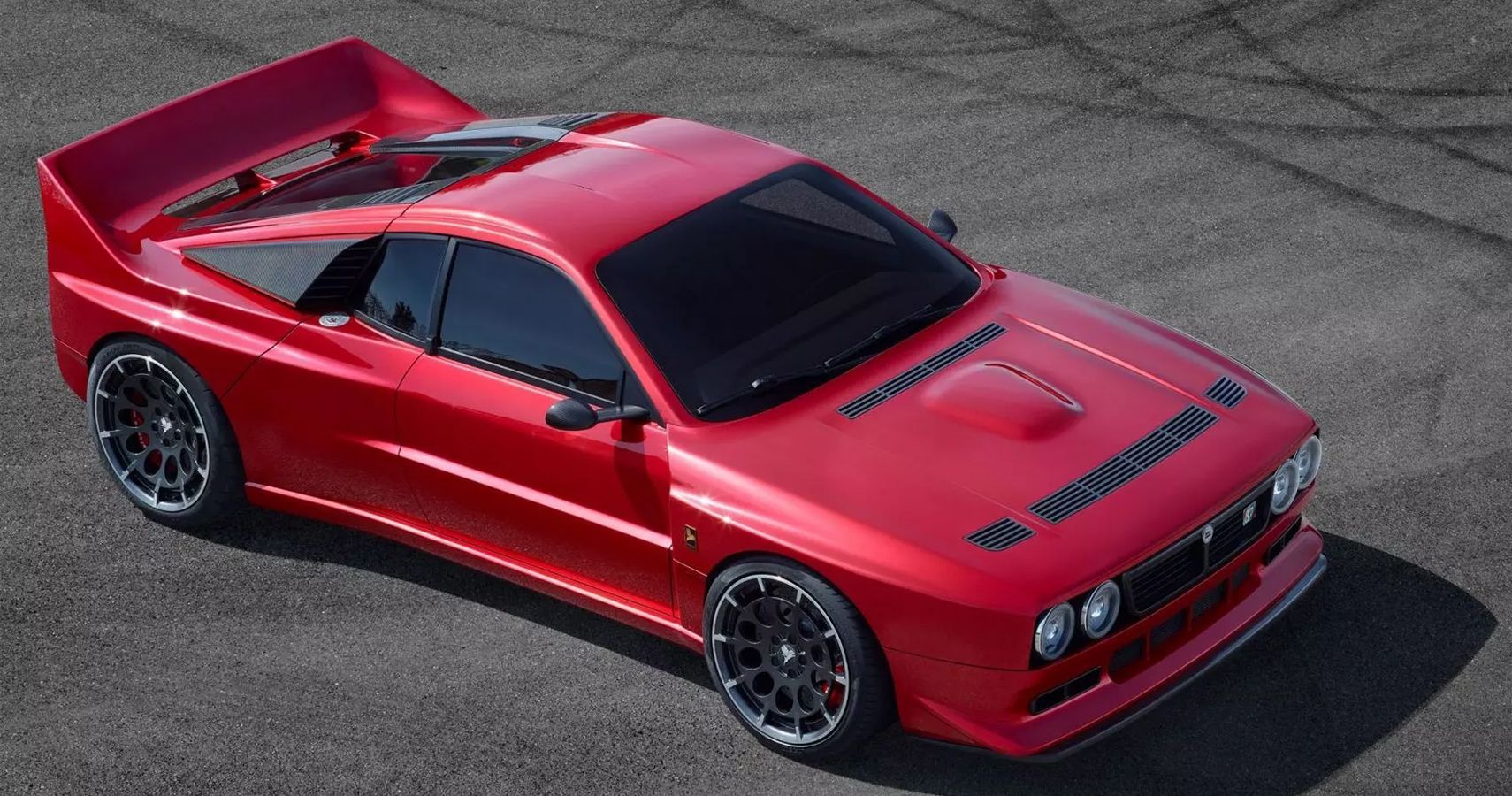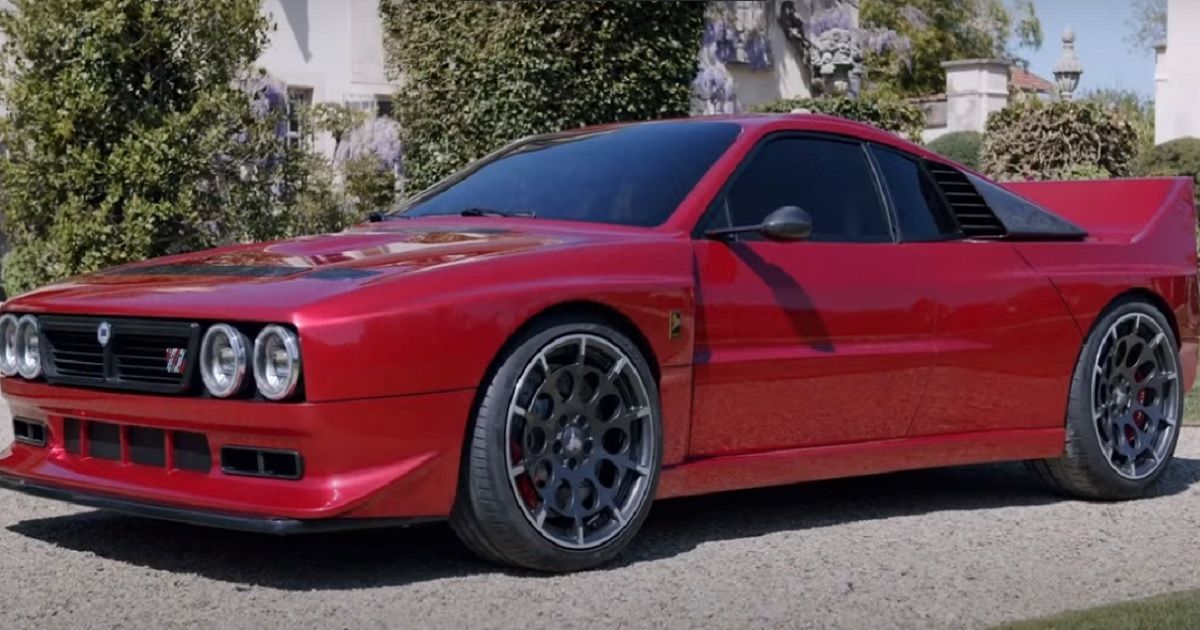For those who remember the Lancia 037 from the 1980s, the good news is that racing team and Italian engineering firm Kimera Automobili has recently revealed a restored version of the iconic Group B rallying car.
According to Auto Express, it joins cars like the David Brown Automotive Mini Remastered and the GTO Engineering Squalo in the increasingly expanding restomod sector, and it will be officially unveiled at the 2021 Goodwood Festival of Speed.
The project was finished with contributions from engineers and suppliers who also worked on Lancia's original model, including two-time World Rally Championship (WRC) legend and champion Miki Biaison, and engineers Sergio Limone and Vittorio Roberti.
The first models will be completed in September, with production limited to just 37 units. Each one will cost approximately £414,000 (about $588,000).
The road-legal Evo37 is based on Lancia's awesome mid-engined WRC contender, which is remembered for being the final rear-driven vehicle to win the top-flight series.
Autocar reports that Kimera referred to the Evo37 as 'a tribute to those legendary cars of the 1980s protagonists of the WRC.'
However, can this new Kimera Evo37 do better than the hybrid version of Nissan's GT-R? The Japanese model is possibly one of the longest-running platforms used for a name on record. This vehicle has been continually updated since the 2007 Tokyo Motor Show, and it has conquered both the European and American auto markets ever since.
Which model could do better in the future? Let's see how the Kimera Evo37 may fare against the Nissan GT-R.
How Much Do We Know About The New Kimera Evo37's Engine?
Kimera Automobili's new model is powered by a heavily re-engineered version of the 2.1-liter four-cylinder gasoline engine from the original car. The Kimera Evo37 has 498 BHP and 550 Nm, whereas the Lancia 037 produced around 270 BHP and 300 Nm of torque. Furthermore, the Kimera Evo37 goes from 0-62 MPH in roughly 4.0 seconds. This Kimera car will definitely prove to be a beast.
The engine is based on the standard-specification block but with a package of modifications completed under the guidance of Claudio Lombardi, the established Italian engineer who mastered Lancia's motorsport powertrain program during the 1980s.
To reach the new power output, the engine has been twin-charged. There is a roots-type supercharger as well as a turbocharger, which is joined to a bespoke stainless steel mainfold.
Drivers swap gears via a six-speed gearbox with a heavy-duty twin-plate clutch. Kimera has added a rev-matching system, which blips the throttle on both upshifts and downshifts.
How Much Do We Know About The New Kimera Evo37's Design?
Like the original vehicle, the center of the chassis has been sourced from a Lancia Beta Montecarlo, although Kimera has added new tubular subframes to the front and rear, and a stronger roll bar to brace the cabin. For those who remember the Lancia Delta S4, you will notice that the steering arms and hubs have been built to the same specs as this model.
Kimera's Evo37 has the same flared wheel arches and low splitter as one of Lancia's rally cars, while a stylized version of the racer's rear wing is joined to the engine cover. The vehicle's original halogen headlamps have been replaced with new LED units, while the front and rear overhangs have been slashed, too.
Regarding its interior, there is an updated hydraulic handbrake, a new carbon fiber dashboard, some Delta S4 seats and four-point racing harnesses. One aspect of the car is stuck in an analog age, and that is the gauges. On a positive note, they have been rebuilt with modern internals.
No information is available yet regarding its final kerb weight, but Kimera claims a power-to-weight ratio of 1 HP/2 kg.
Could The Latest Nissan GT-R Do Any Better Than The Kimera Evo37?
Nissan's latest offering regarding the GT-R would join the current model's 3.8-liter twin-turbocharged V6 with a 48 V mild-hybrid system, comprising an integrated starter-generator unit, a compact lithium-ion battery, and a tiny electric motor that produces 652 Nm of torque and develops 441 kW of power. This is far less than the Kimera Evo37, but it can accelerate to 0-62 MPH in 2.8 seconds, whereas Kimera's latest model gets there in 4 seconds.
In terms of which car is better, that depends entirely upon the driver's preference. The Kimera Evo37 is the faster car overall, but for those who want to travel quickly whilst attempting to be environmentally friendly about it, the Nissan GT-R would be the better option. Either way, Kimera has honored Lancia's heritage with this restored version of the 037 and it will make an exciting addition to the automotive market.



